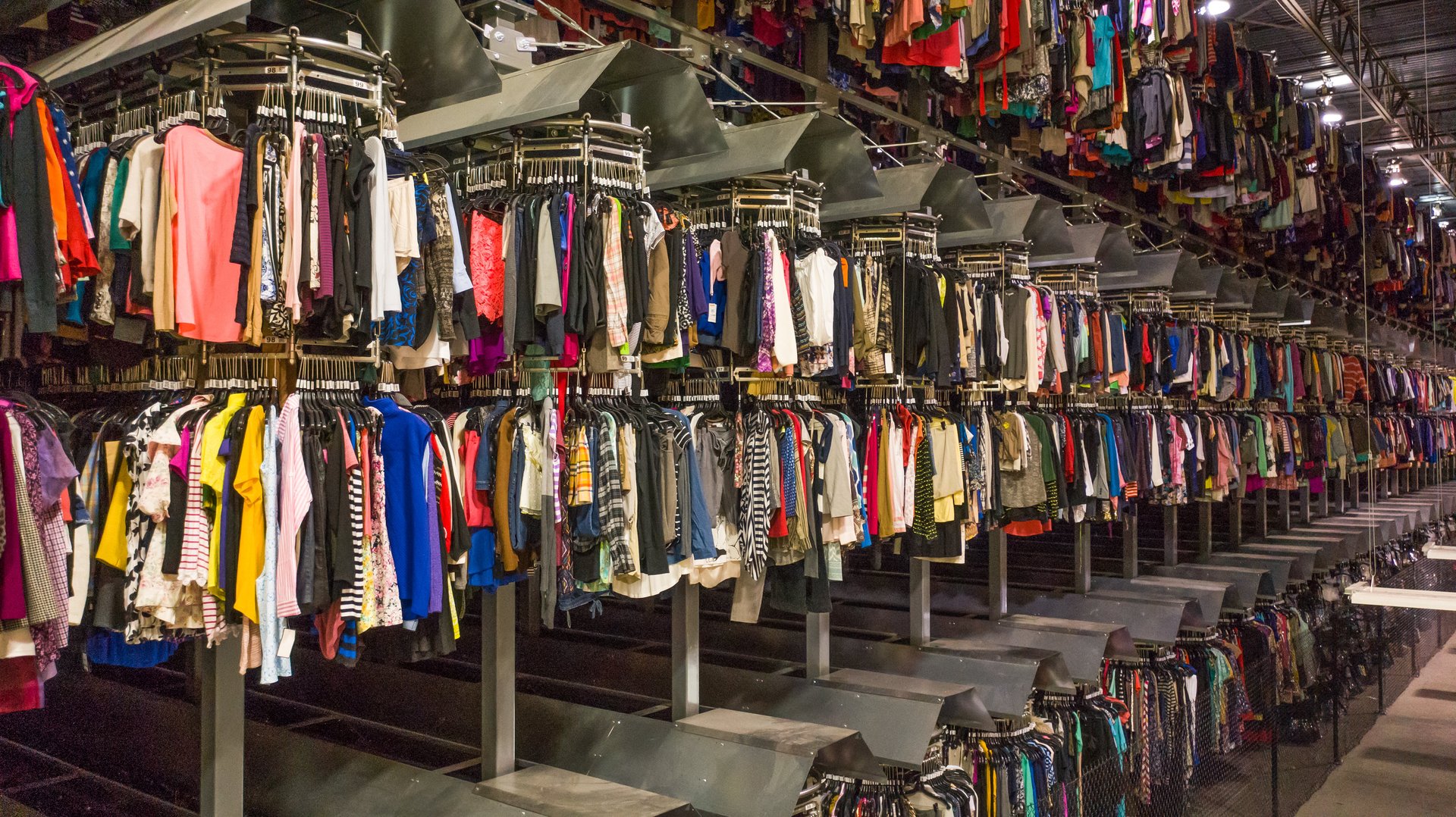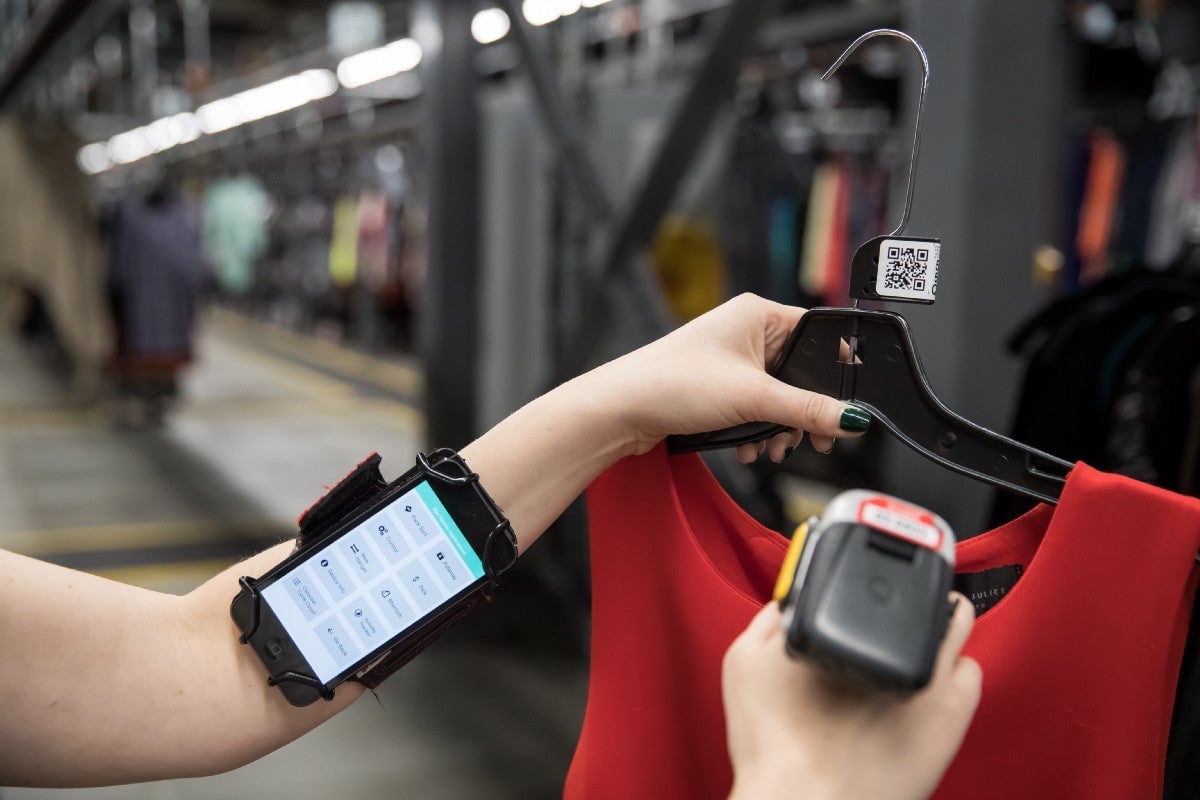ThredUp is helping big stores sell recycled clothes
ThredUp built its business by selling used clothes from big retailers, marrying the strength of known brands with budget prices. Today, it’s expanding its approach, announcing a program called Resale-As-A-Service (RAAS) that could make it easier for stores to get in on those secondhand sales.


ThredUp built its business by selling used clothes from big retailers, marrying the strength of known brands with budget prices. Today, it’s expanding its approach, announcing a program called Resale-As-A-Service (RAAS) that could make it easier for stores to get in on those secondhand sales.
The program offers some different tie-ins to ThredUp’s stockpile of cast-offs. One will allow retailers to plug into ThredUp’s infrastructure—a decade in the making—and start selling used clothes directly from its inventory. ThredUp previously made deals with Macy’s, JCPenney, and discount department store chain Stage to let them sell its used clothing, each retail partner determining which items and brands it wants to resell. By September, ThredUp says, it will be in more than 100 partner locations.
Another option is a twist on the merchandise credits that ThredUp has been offering to customers who trade in clothes. Partners like fashion labels Reformation and Cuyana can give their customers “clean out kits” to send any unwanted clothes to ThredUp. Typically, the company would review the clothes and pay out the customer—in cash or ThredUp credit—for the items it keeps. Under a RAAS partnership, though customers get credits to spend on new purchases at a specific brand, with that brand offering an additional credit on that amount. (ThredUp has said it generally accepts about half the items it receives, sending the rest to recycling programs.)
According to ThredUp, the program effectively opens up the partnerships it already had in place with select companies to any interested brands and retailers. It’s currently in conversation with dozens of potential partners, it says. It announced the expanded program along with the news that it had raised $175 million in new funding, bringing its total raised to more than $300 million.

Retailers have arguably been missing an opportunity by ignoring secondhand sales. A number of fashion “recommerce” companies have flourished over the past several years, making cash off the clothes sitting in people’s closets. Meanwhile, shoppers appear increasingly open to buying secondhand, whether to get a bargain, for sustainability reasons, or both. (Though if the discount vouchers brands give out for used clothes lead to more purchases of new items, it arguably undermines the sustainability benefit of resale to a degree.)
Clothing companies could, in theory, be capitalizing on those sales themselves. Brands such as H&M, Eileen Fisher, and Patagonia have been trying. The latter two focus on reselling their own brands, which effectively lets them sell the same products twice. Eileen Fisher told Vogue Business that its Renew line hit almost $4 million in sales last year and is profitable. Patagonia said its Worn Wear brand is also profitable.
But retailers that want in on the resale business face the logistical challenge of collecting, inspecting, and processing used items. Most fashion businesses aren’t set up to handle these tasks and may be reluctant to take on the costs. That’s where ThredUp aims to fit in.
Retailers that introduce secondhand clothes could run the risk of cannibalizing their sales of new clothing. On the other hand, they may bring in new customers. Patagonia, for instance, told Vogue Business that customers buying its preowned items were on average 10 years younger than their typical shopper.
Companies can also use secondhand products to fill out their assortment. “Really we are merchandising into where we see holes in our inventory,” Macy’s CEO Jeff Gennette said of the ThredUp deal on a recent call with investors. He noted that Macy’s gave ThredUp a list of brands it doesn’t need products from because it already has them. More companies may soon be sending ThredUp lists of their own.